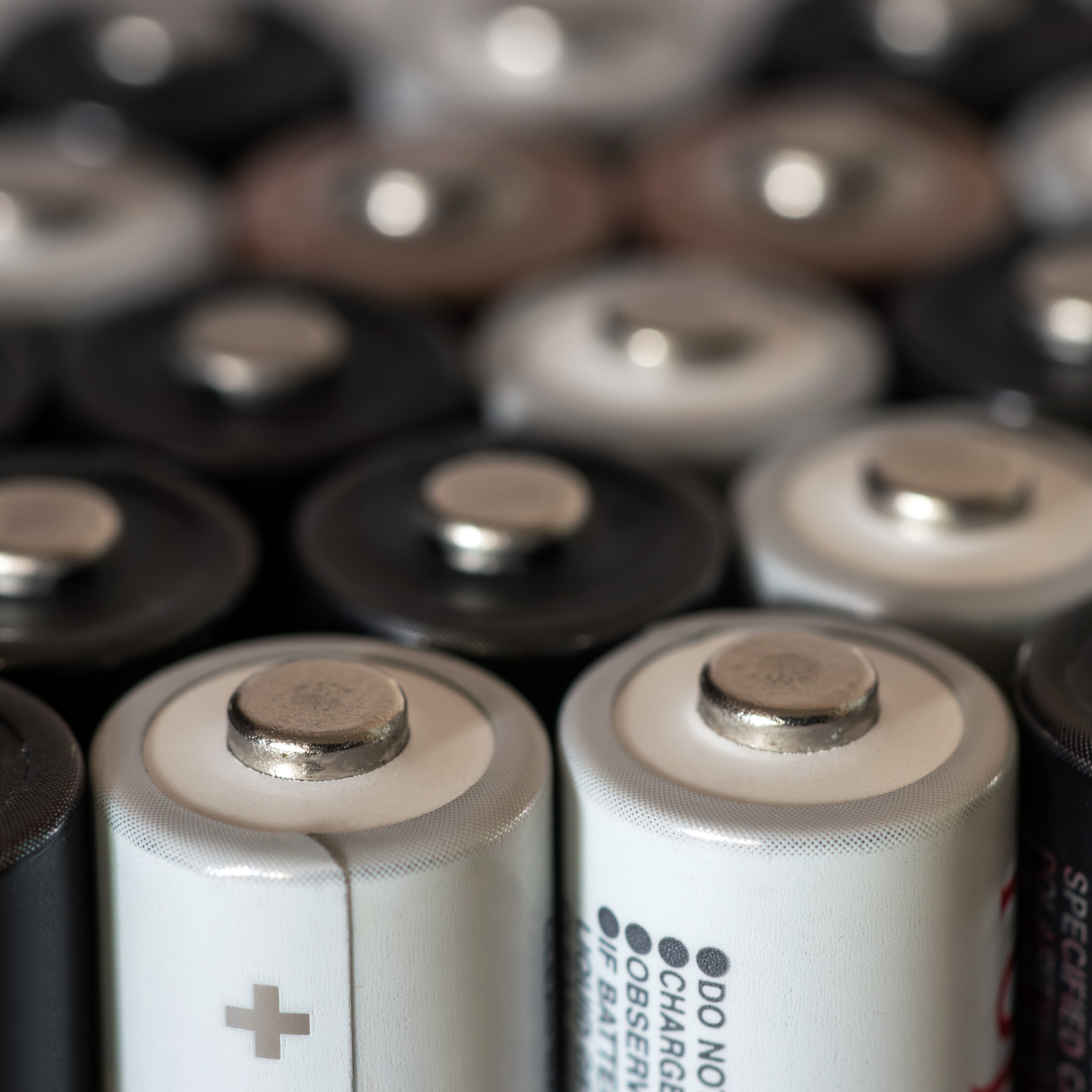Our client, a leading cathode active material (CAM) producer, is evaluating its raw material purchasing strategies against the value chain integration approaches of peer companies.
As a result of the continued adoption of electric vehicles, combined with increasingly nickel-intensive battery technologies. demand for nickel sulphate and lithium hydroxide are growing rapidly. Our client was a major producer of cathode active materials (CAM) for lithium ion batteries (LIBs), and as such a key consumer of these materials, with a growing concern as to the future direction of the markets for these products, as well as the procurement strategies used by their peers. The client approached CRU Consulting to request detailed studies of the lithium chemical and nickel sulphate value chains and their production costs. In addition, they requested analysis of the procurement strategies of peer companies with a focus on upstream integration into nickel, lithium and cobalt mining, intermediate and battery chemical production assets, in order to identify different strategies used to secure these critical inputs.
A key aspect of the study beyond analysing and forecasting the nickel sulphate market balance considering both the rapid development of HPAL projects in Indonesia and the EV revolution – was focusing on the determinants of the nickel sulphate premium over the LME nickel price. This analysis was built upon CRU’s day-to-day nickel sulphate price discovery service, and forecast based on our detailed analysis of nickel sulphate production costs. Similarly, our in-depth lithium chemical cost modelling was critical to our analysis and forecasting of the lithium hydroxide premium.
CRU also provided profiles of peer companies to sort out their raw material sourcing strategies across the key battery metals cobalt, nickel and lithium.
Methodology
CRU’s in-house database and models were used to forecast lithium and nickel sulphate demand, supply and trade flows. CRU’s proprietary Nickel Cost Model, Nickel Sulphate Cost Model, and Lithium Chemical Cost Model were used to provide critical insight into asset-by-asset cost dynamics, as well as analysis of understanding of costs by different processing type, the marginal cost of production, and implications for profitability and prices. The project also drew upon the global research program which underpins several CRU publications, including the Nickel Market Outlook, the Lithium Market Outlook, the Nickel Cost Service, and the Battery Metals Market Outlook. CRU’s price assessment service also provides critical independent price discovery and market reporting on nickel sulphate and lithium chemical markets.
CRU’s price assessment teams connect with the market contacts and collect price information on a daily basis. For this assignment we were able to tap into this network and its understanding of day-to-day market realities. Historically, nickel sulphate has been traded at a premium over the LME nickel price, but since mid-2019 there has been far greater fluctuations in the premium, including periods where the sulphate price has been at a discount to the LME. Understanding the demand and supply side drivers of these changes was key to developing a nickel sulphate price forecast.
To forecast the nickel sulphate premium, CRU modelled the production cost of each nickel sulphate operation with site-by-site adjustments made for feedstock mix and technical variables to generate a global cost curve. This analysis was bolstered with CRU’s network of industry contacts in China and Southeast Asia, involving particularly extensive research into the hydrometallurgical projects being developed in Indonesia.
CRU’s cost modelling demonstrates that the marginal tonne of sulphate is supplied by dissolving nickel powder or briquettes in acid to produce nickel sulphate. As long as these producers are required to meet demand, we can expect a premium to typically remain in place for nickel sulphate – if the premium is not large enough to allow such operations a margin, then they are likely to cut back output causing the sulphate price to improve.
CRU’s lithium chemical cost model includes cost breakdowns for carbonate and hydroxide production from spodumene and conversion of carbonate to hydroxide built up step by step from first principles. The model includes 27 lithium hydroxide plants and 16 lithium carbonate chemical plants in total, accounting for essentially all existing and potential global production.
The output from the lithium chemical cost model, as shown above, shows that assuming the marginal tonne is delivered by producers around the 90th percentile on cost curve, marginal cost of production for hydroxide is higher than that of carbonate. Therefore, hydroxide is typically sold at a premium above carbonate, although as supply evolves rapidly there is the potential for this to change.
CRU also provided profiles of peer cathode manufacturing companies, presenting their procurement strategies focusing on upstream supply chain integration overviews. CRU noted the integration of battery value chain has been increasing in recent years, partially due to highly volatile prices and concerns around long term security of supply.
Outcome
The reports enabled the client to expand their understanding of developments in the lithium hydroxide and nickel sulphate markets, two critical raw materials for CAM production, while the profiles assisted the client in benchmarking their sourcing strategies with other peer companies. CRU’s battery metal cost models provide robust analysis that supports price and premium forecasts, helping clients develop procurement strategies and understand future market directions.















